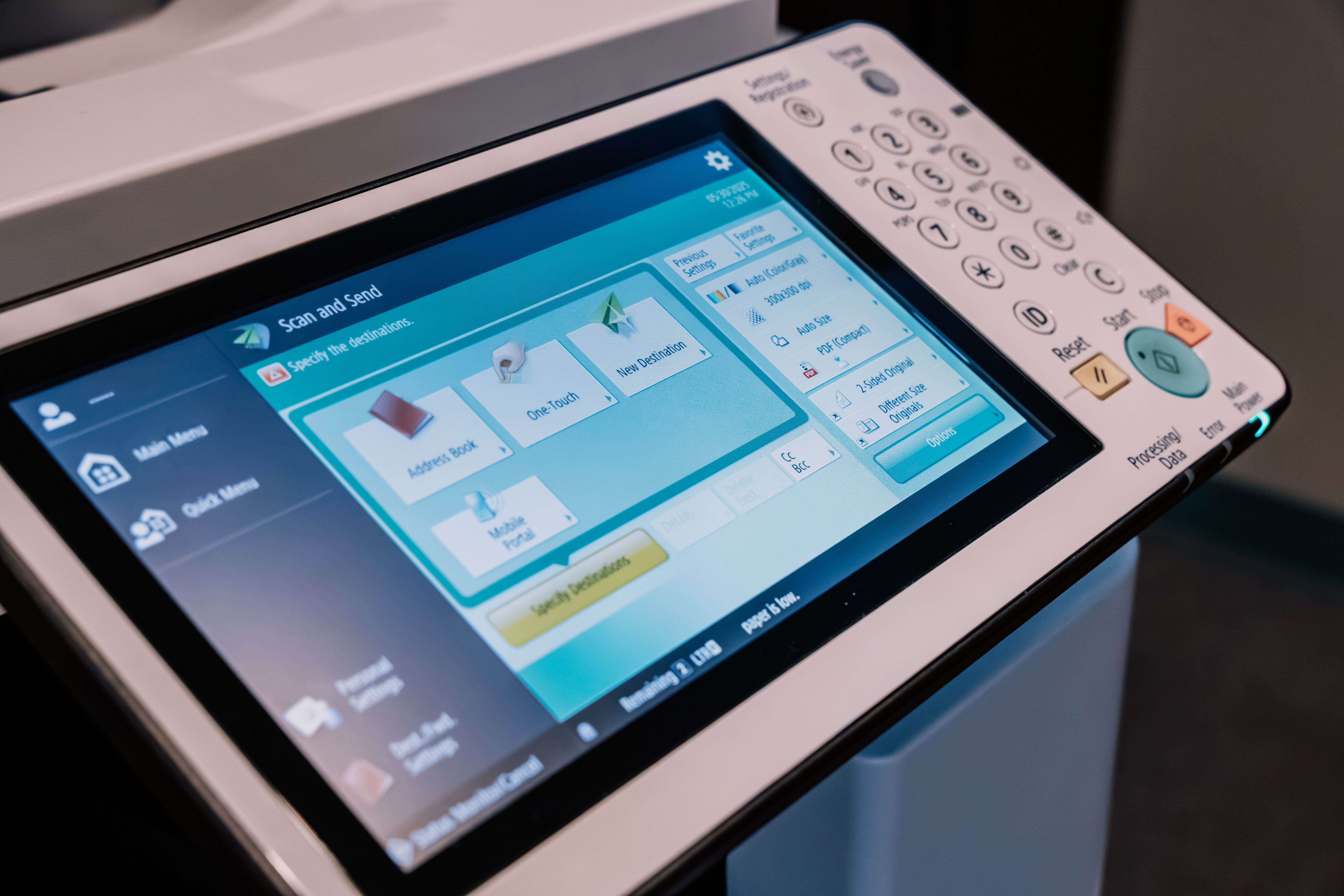The Hidden Costs of Traditional Phone Systems
For years, businesses have relied on traditional landline phone systems for communication. While these systems may seem reliable, they come with hidden costs that many businesses overlook. Expensive hardware, maintenance, long-distance fees, and limited scalability can significantly impact a company's bottom line.
With Voice over Internet Protocol (VoIP), businesses can eliminate unnecessary costs while improving efficiency, flexibility, and scalability. In this blog, we’ll break down the hidden costs of traditional phone systems and explain how switching to VoIP can lead to substantial savings for cost-conscious decision-makers.

Many businesses underestimate the long-term costs of maintaining a traditional landline system. Here are the top hidden expenses that often go unnoticed:
1. Expensive Hardware and Installation Fees
Traditional phone systems require physical infrastructure, including:
- Desk phones for every employee
- PBX (Private Branch Exchange) hardware to manage internal and external calls
- Complex wiring and installation
Businesses must also pay for installation and ongoing maintenance, which can cost thousands of dollars annually. Upgrading a system requires new equipment purchases and additional labor costs.
With VoIP: There is no need for expensive infrastructure. Employees can make and receive calls using existing computers, smartphones, or VoIP-enabled desk phones, significantly reducing upfront costs.
2. High Monthly Service Fees and Line Rentals
Landline service providers charge per-line fees, meaning that as your business grows, so do your expenses. Businesses with multiple locations or remote workers face even higher costs due to long-distance and multi-line pricing structures.
Common recurring charges include:
- Per-line rental fees
- Long-distance and international call charges
- Additional charges for call forwarding, voicemail, and conferencing
With VoIP: Businesses pay a flat monthly rate for unlimited calling, including long-distance and international calls in many plans. VoIP also consolidates multiple features into one cost-effective package, eliminating the need for costly add-ons.
3. Maintenance and Repair Costs
Traditional phone systems require ongoing maintenance, including:
- Repairing or replacing PBX hardware
- Updating wiring and phone lines
- Paying for technician visits
As technology advances, many traditional phone systems become obsolete, forcing businesses to invest in expensive system upgrades just to keep up with industry standards.
With VoIP: Since VoIP operates in the cloud, maintenance and updates are handled by the provider, reducing the burden on internal IT teams and eliminating the need for expensive repair services.
4. Limited Scalability Costs
Expanding a business with a traditional phone system is costly and time-consuming.
- Adding new employees requires purchasing additional lines and phones.
- Opening new offices means installing new hardware and wiring.
- Merging locations requires costly PBX reconfiguration.
This lack of flexibility leads to delays and high costs whenever businesses need to scale up or down.
With VoIP: Businesses can instantly add or remove lines through an online portal without purchasing additional equipment or scheduling technician visits. This flexibility allows businesses to scale effortlessly without the traditional costs of expansion.
5. Downtime and Business Disruptions
Traditional phone systems are vulnerable to outages, hardware failures, and natural disasters. If a system goes down, businesses may experience:
- Lost revenue due to missed customer calls
- Disruptions in communication between employees
- Costly repairs and emergency technician fees
With VoIP: VoIP providers offer 99.999% uptime, and calls can be rerouted to mobile devices during an outage. Since VoIP is cloud-based, businesses can maintain operations even if physical office locations experience disruptions.
How VoIP Saves Businesses Money
Now that we’ve outlined the hidden costs of traditional phone systems, let’s explore how VoIP helps businesses reduce expenses while improving communication efficiency.
1. Lower Monthly Costs
VoIP eliminates the need for expensive landlines and separate calling plans. Instead, businesses pay for a single service that includes unlimited local and long-distance calls. Many VoIP providers also offer flat-rate pricing, making it easier for businesses to predict communication expenses.
2. No Hardware or Maintenance Fees
Because VoIP operates over the internet, businesses don’t need:
- PBX systems
- Special wiring
- Dedicated landlines
Maintenance, updates, and troubleshooting are handled by the VoIP provider, reducing the need for on-site IT support and expensive repairs.
3. Remote Work and Mobile Capabilities
VoIP enables employees to work from anywhere using softphone apps on their smartphones, laptops, or tablets. This eliminates the need for:
- Separate mobile plans for employees
- Call forwarding fees
- Additional office-based phone lines
With VoIP’s mobility features, businesses can cut costs while enabling a more flexible, productive workforce.
4. Built-In Advanced Features at No Extra Cost
Traditional phone systems charge extra for features like:
- Voicemail-to-email
- Call forwarding and routing
- Auto-attendants and call queues
- Call recording
With VoIP, these features are included in most service plans, providing businesses with enterprise-level functionality at no additional cost.
5. Scalable Pricing Models
With traditional phone systems, businesses pay for every new line added. VoIP allows businesses to:
- Add and remove users on demand
- Only pay for what they use
- Easily upgrade to premium features when needed
This ensures businesses only pay for the communication services they actually need, rather than overinvesting in infrastructure that may become obsolete.
Final Thoughts: Is It Time to Switch to VoIP?
If your business is still using a traditional phone system, it’s time to evaluate whether the hidden costs are holding you back. Switching to VoIP allows businesses to:
- Eliminate expensive landlines and hardware
- Save up to 60% on monthly phone expenses
- Scale easily without costly upgrades
- Improve reliability with cloud-based uptime guarantees
- Enable remote work and business mobility
For cost-conscious decision-makers, VoIP is the smarter, more cost-effective solution.
Get Started Today
Ready to reduce your communication costs? Contact ABM’s VoIP specialists today for a free consultation and find out how much your business can save by switching to VoIP.
.png?width=500&height=500&name=Untitled%20design%20(16).png)


